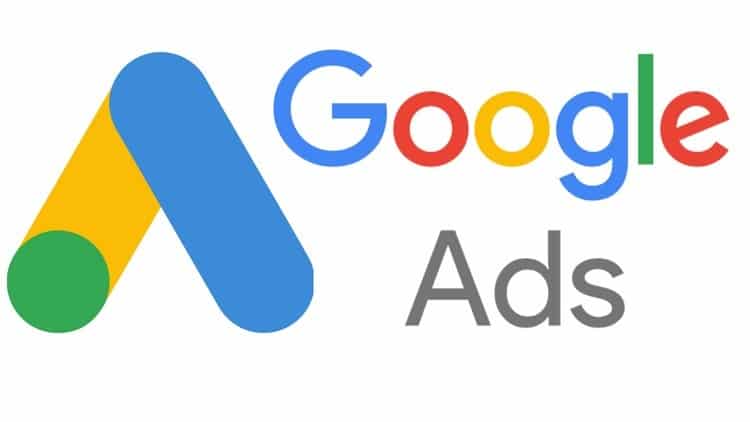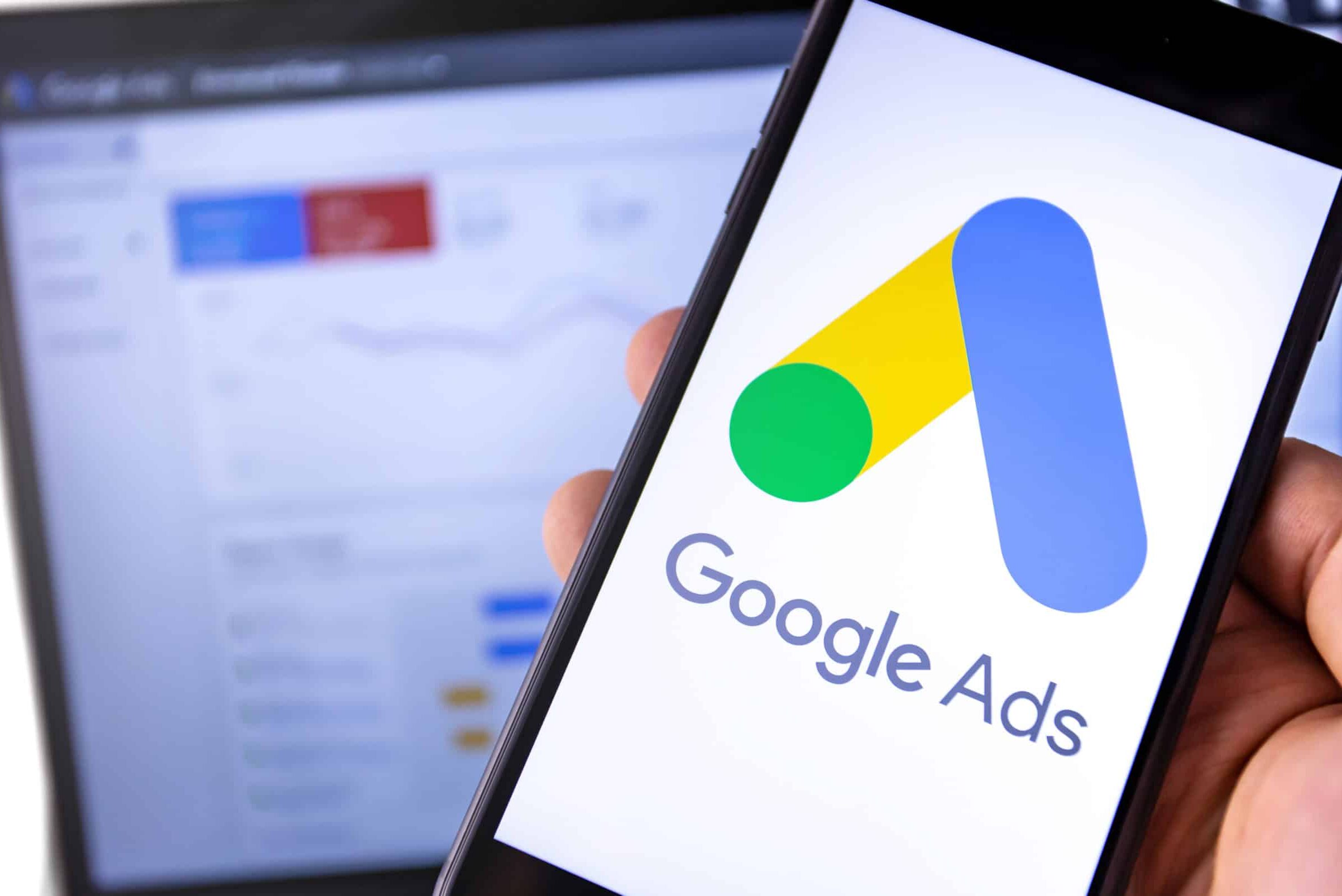Ultimate Guide To Google Ecommerce Ppc Mastery

Navigating the competitive landscape of online retail through Google Ads can be daunting, yet mastering Google Ecommerce PPC (Pay-Per-Click) is essential for optimizing your marketing spend and increasing sales. This guide covers the fundamental strategies you need to understand and implement to achieve success with Google Ecommerce PPC campaigns. Whether you are just getting started or looking to refine your existing efforts, the following insights will guide you towards PPC mastery.
The ever-evolving features of Google Ads offer numerous opportunities to enhance visibility and conversion rates. Our exploration will delve into understanding audience targeting, leveraging Google Shopping, optimizing advertisements, analyzing performance data, and utilizing advanced tactics. Each section of this guide provides actionable tips to help ecommerce businesses capitalize on their ad spend and significantly boost their online presence.
Contents
Defining Your Campaign Goals
Before diving into the intricacies of PPC, it’s crucial to set clear, measurable goals for what you want to achieve with your campaigns. Whether it’s increasing the number of transactions, enhancing brand visibility, or achieving a specific ROI, having well-defined objectives guides your strategy and aids in tracking success. Incorporate Google Ecommerce PPC tools effectively by identifying which metrics are most relevant to your aims, such as cost-per-acquisition (CPA) or return on ad spend (ROAS).
Additionally, align your budget with these goals to ensure efficient resource allocation. A realistic budget that reflects your business’s needs and market conditions is essential to fuel your campaigns without overspending.

Crafting Compelling Ads
Creating adverts that capture and retain the user’s attention is paramount in any PPC strategy. Key elements include compelling headlines, engaging images or videos, and clear, action-driven calls to action. Tailor your ads by considering the search intent behind the keywords targeted. This alignment between user intent and ad content can drastically improve click-through rates and overall campaign effectiveness.
Test various creatives formats and content strategies such as highlighting discounts, unique selling propositions, or customer testimonials to see what resonates with your audience and drives conversions.
Optimizing for Google Shopping
Google Shopping campaigns are critical for ecommerce success. These ads allow users to see products directly in the search results — showcasing product images, prices, and your store name before clicking through to a landing page — thus enhancing the likelihood of conversion. To excel with Google Shopping, ensure your product feed is optimized with accurate descriptions, high-quality images, and relevant keywords.
Continuously monitor and tweak product listings based on performance analytics provided by Google Ads and adjust bids accordingly for optimal visibility among potential buyers.
Analyzing Performance Data
Data analysis is vital for refining PPC campaigns and achieving a higher return on investment. Use Google Ads’ robust analytics tools to track various metrics such as click-through rates, impression share, conversion rates, and more. Understanding these metrics allows for insightful adjustments to enhance campaign performance continually.
Utilize segmentation of data by demographics, device usage, or time periods to further drill down into what factors might be affecting your ads’ performance and adjust strategies accordingly.
Leveraging Advanced Targeting Strategies
To maximize campaign effectiveness, adopt advanced targeting strategies involving demographics, interests, location-based targeting, or even retargeting previous site visitors. These techniques help in delivering personalized adverts tailored to specific audiences who are more likely to convert based on their past behavior or certain characteristics.
Create different audience profiles or “buyer personas” based on customer data insights and tailor campaigns around these demographics to improve engagement rates significantly.
In conclusion, mastering Google Ecommerce PPC is an ongoing process that demands continuous learning and adaptation. Staying updated with new features and changes in the platform can provide significant advantages. Apply these strategies thoughtfully as you craft each campaign, always aiming to align them with broader marketing goals for maximum impact.
Remember, each click has cost implications; therefore efficiency in every aspect of your PPC efforts—from targeting methods right through adherent monitoring—is the key advancement on every front assures long-term success in this dynamic foothold of digital marketing.


